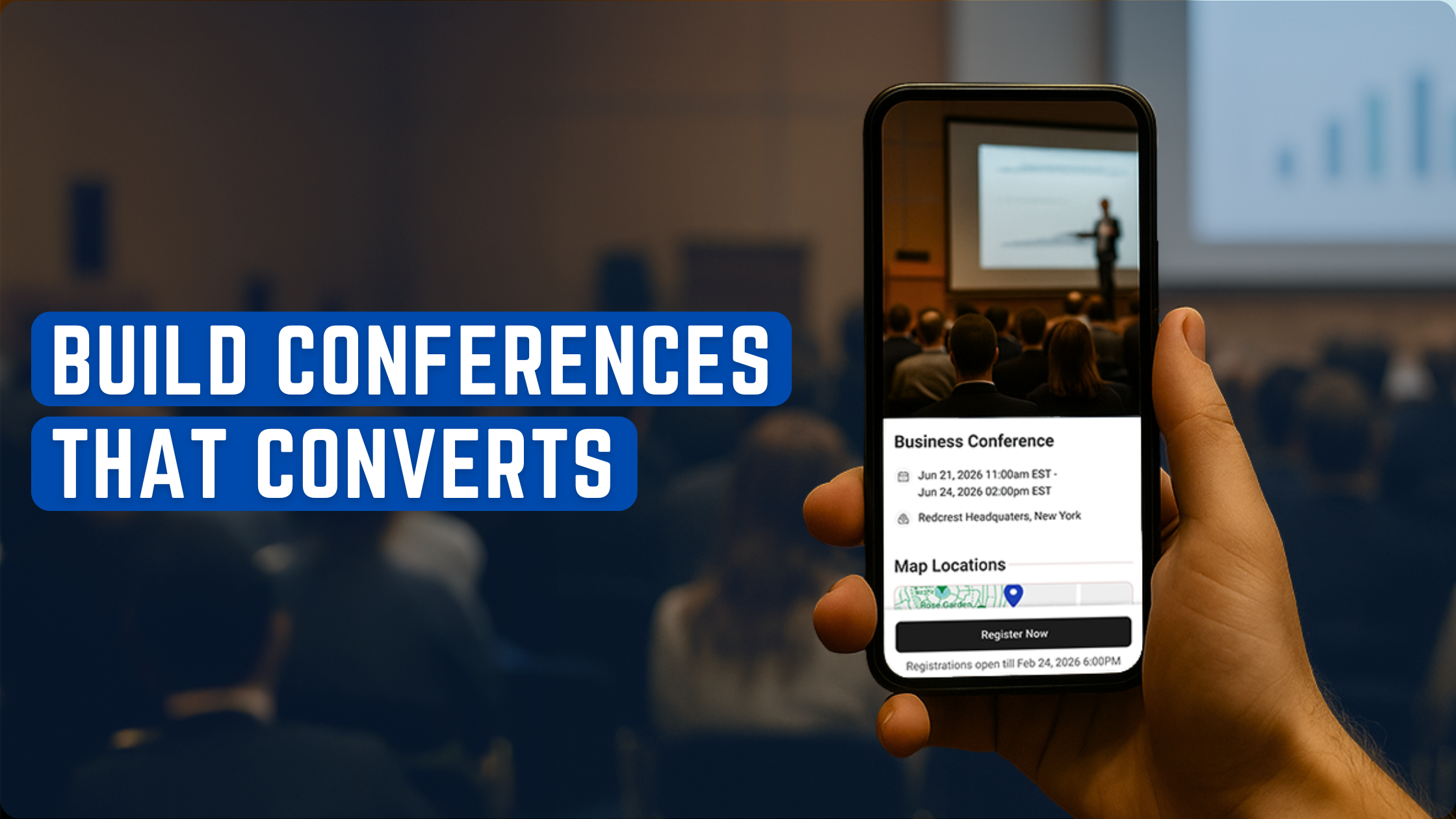If you're planning a customer appreciation event, gathering customer feedback is a crucial step to making future events more successful. However, analyzing customer feedback can be a daunting task. There are a variety of factors to consider, including the type of feedback you receive, the volume of responses, and the best way to interpret the data. In this article, we'll guide you through the process of analyzing customer feedback from a customer appreciation event so you can gain valuable insights and improve your future events.
The first step in analyzing customer feedback is to determine your objectives. What do you hope to achieve by collecting feedback? Are you looking to measure customer satisfaction with the event, identify areas for improvement, or gather feedback on specific products or services offered at the event? Once you have clearly defined your objectives, you can tailor your feedback questions and analysis methods accordingly.
Next, you'll need to decide on the best way to collect feedback. You could use a variety of methods, including surveys, comment cards, or online feedback forms. Regardless of the method you choose, it's important to keep your questions clear and concise. You want to make it easy for customers to provide feedback and ensure that the data you collect is meaningful. Once you have collected the feedback, you can begin the process of analyzing it to gain valuable insights.
Designing the Feedback Collection Process
To analyze customer feedback from a customer appreciation event, you need to design a feedback collection process that is effective and efficient. Here are some key steps to follow:
Selecting the Right Tools and Platforms
To collect feedback from your customers, you need to select the right tools and platforms. You can use online survey tools such as SurveyMonkey, Google Forms, or Typeform to create feedback forms. You can also use social media platforms such as Twitter, Facebook, or Instagram to collect feedback. Make sure to select tools and platforms that are easy to use, accessible, and secure.
Creating Effective Feedback Forms
Creating effective feedback forms is crucial to collect accurate and relevant feedback. You need to design feedback forms that are easy to understand, concise, and relevant. Use clear and simple language, avoid jargon, and provide examples where necessary. Use a mix of closed-ended and open-ended questions to collect both quantitative and qualitative feedback. You can also use rating scales, multiple-choice questions, and comment boxes to gather feedback.
Training Staff for Feedback Collection
Training your staff for feedback collection is essential to ensure that they collect feedback properly and efficiently. Provide your staff with clear instructions on how to collect feedback, what questions to ask, and how to handle different types of feedback. Train them on how to use the feedback collection tools and platforms, and how to handle customer complaints or issues. Make sure to monitor their performance and provide feedback and support as needed.
By following these steps, you can design an effective feedback collection process that will help you analyze customer feedback from your customer appreciation event.
Analyzing and Interpreting Feedback
After collecting feedback from your customer appreciation event, it's important to analyze and interpret the data to gain valuable insights into your customers' experiences. Here are some steps you can take to analyze and interpret the feedback effectively:
Categorizing Feedback Types
Start by categorizing the feedback into different types such as positive, negative, or neutral. You can also categorize the feedback based on the topics discussed, such as food, entertainment, or venue. This will help you to identify the most common topics discussed by your customers.
Identifying Key Themes and Patterns
Once you have categorized the feedback, look for key themes and patterns that emerge from the data. This can help you to identify the most important issues that your customers are facing. For example, if several customers mentioned that the food was not up to their expectations, you may need to improve the quality of the food for future events.
Quantitative vs. Qualitative Analysis
When analyzing feedback, you can use either quantitative or qualitative analysis methods. Quantitative analysis involves using statistical methods to analyze the data, while qualitative analysis involves interpreting the data through a more subjective lens. Depending on your goals, you may choose to use one or both methods.
Using Software for Data Analysis
Using software for data analysis can help you to analyze large amounts of data quickly and efficiently. There are many software tools available that can help you to categorize, analyze, and interpret feedback data. Some popular options include Dovetail, Thematic, and SentiSum.
By following these steps, you can effectively analyze and interpret feedback from your customer appreciation event to gain valuable insights and improve your future events.
Conclusion
Analyzing customer feedback from a customer appreciation event is crucial to understand your customer's needs and preferences. By collecting both qualitative and quantitative data, you can gain valuable insights into customer satisfaction, experience, and loyalty.
To analyze customer feedback effectively, you should use tools like Ticket Generator, which provides free ticket templates, QR codes with ticket validation, and ticket sharing options via social media platforms. They also offer event insights and provide ten free tickets after signup. This can help you streamline the event entry process, simplify attendee management, and enhance event security.
In addition, Ticket Generator's attendance tracking feature enables you to gain valuable event data and trends. This can help you optimize strategies for future events efficiently. By using Ticket Generator, you can create memorable events with unique, customizable ticket templates.
Related Posts:
- Streamlined Ticket Validation with the Ticket Generator
- Generating Event Insights Made Easy
- Send Custom Tickets Seamlessly with the Ticket Generator
- Create Memorable Events with Ticket Templates
In conclusion, analyzing customer feedback is essential to improve customer satisfaction and loyalty. By using tools like Ticket Generator, you can streamline the event management process and gain valuable insights into your customer's needs and preferences.






.gif)






